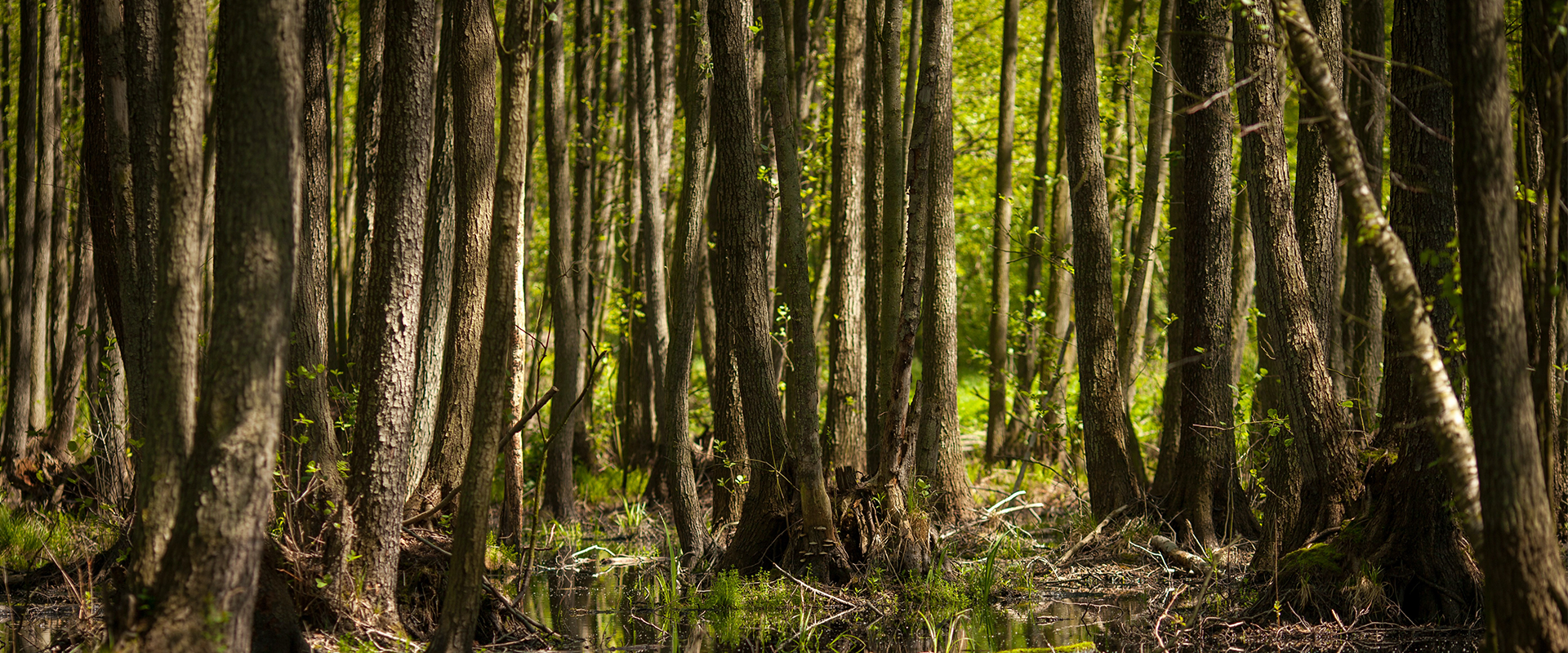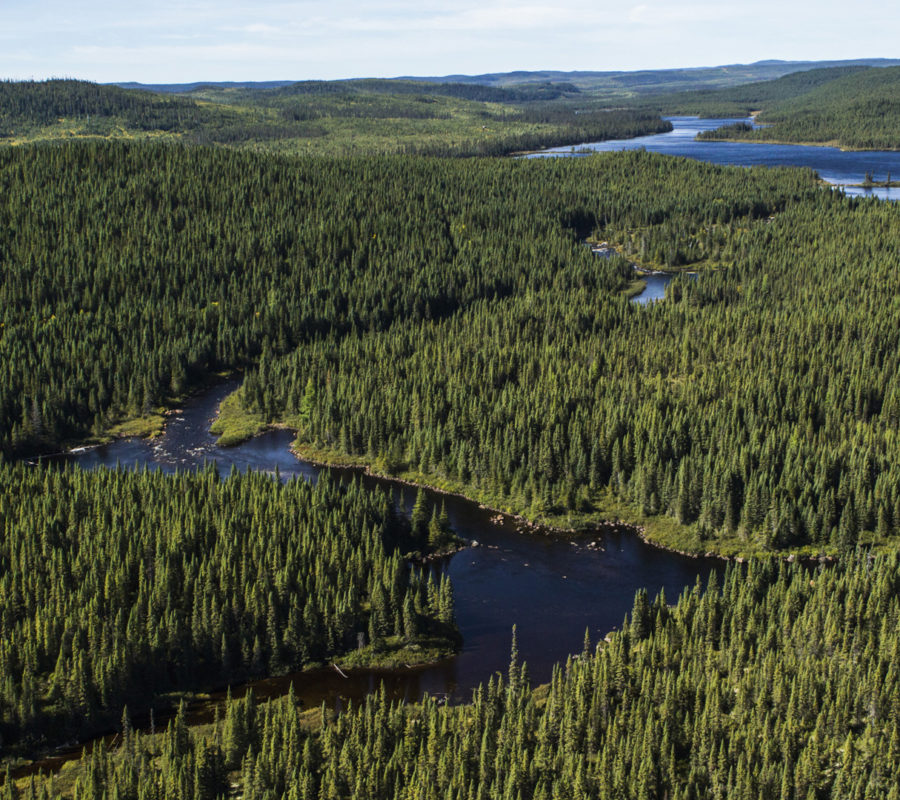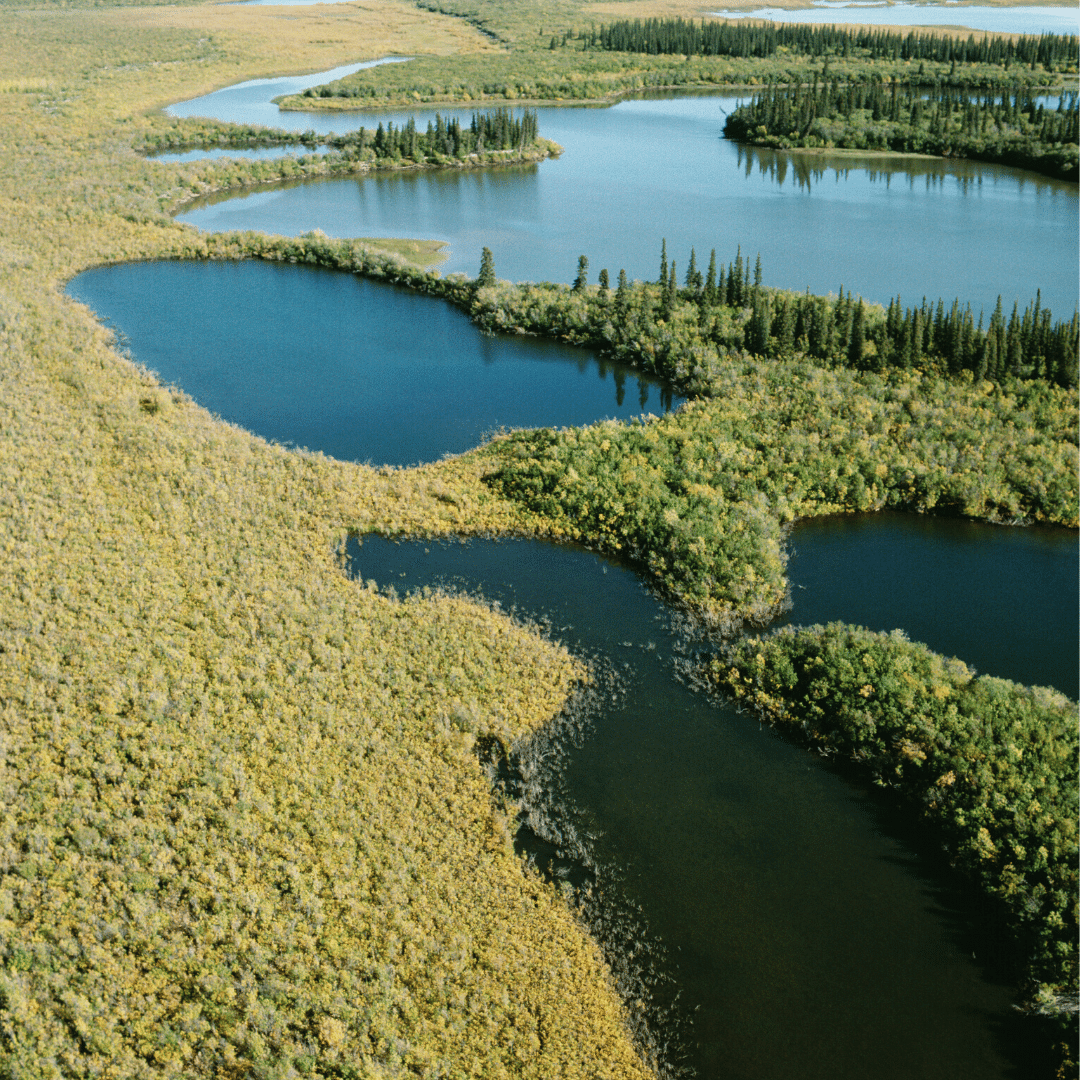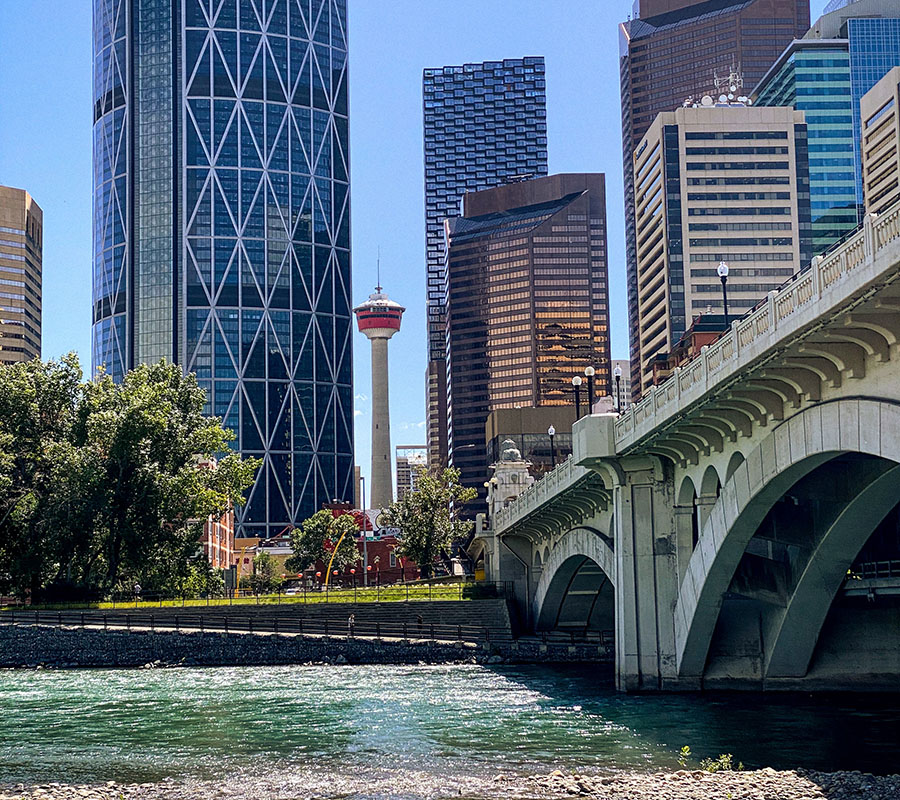
Principles and Guidelines for Ecological Restoration in Canada's Protected Natural Areas
A pan-Canadian approach that may be applied as appropriate to the mandates, policies, and priorities of individual parks and protected areas jurisdictions.

Restoration is the practice of renewing or returning degraded, damaged, or destroyed ecosystems and habitats in the environment to ecological integrity through active human intervention and action. These activities can have positive impacts on both climate and biodiversity.
It is critical to conduct research and engage with experts when starting a restoration project as there are many important considerations. For a planting project, for example, considerations include determining native species of vegetation for your area, what vegetation will maximize biodiversity and or climate benefits, and where to plant in your restoration area.
The Canadian government has committed to planting two billion trees by 2030.
Wetlands are essential and provide a number of benefits for fully functioning ecosystems.
Restoring even a portion of urban land to their native states can have significant impacts.
The federal government has committed to planting two billion net additional trees by 2030. This is one of the largest Canadian restoration projects to date and can have massive benefits against climate change. In order to maximize these benefits, it is crucial that the right trees are planted in the right areas and for the right reasons.


The federal government has committed to planting two billion net additional trees by 2030. This is one of the largest Canadian restoration projects to date and can have massive benefits against climate change. In order to maximize these benefits, it is crucial that the right trees are planted in the right areas and for the right reasons.

Wetlands provide a number of benefits and ecological services that are essential for fully functioning ecosystems. Not only do wetlands sequester more carbon than any other landscape in the world, but they also perform crucial services like water filtration, flood mitigation, and pollutant removal.
Restoration of these sites can increase the carbon sequestration of these areas, provide further habitat area for species that need it, and maximize benefits.

Municipalities often have a lot of land that they own or manage already, like parks, for example. In order to gain the most climate and biodiversity benefits, it’s encouraged that municipalities restore these spaces to their native state. For areas that are used often by the public, even restoring a portion of these areas can have a significant impact.
Municipalities often have a lot of land that they own or manage already, like parks, for example. In order to gain the most climate and biodiversity benefits, it’s encouraged that municipalities restore these spaces to their native state. For areas that are used often by the public, even restoring a portion of these areas can have a significant impact.

Examples
Check out these examples of ways that restoration is used as a nature-based climate solution, from local neighbourhood level to nation-wide initiatives. They might help you to think of projects for your community!
Here are organizations that you can contact to learn more about restoration as a nature-based climate solution.
Canada’s wilderness is the world’s envy. It’s our duty to keep our true north strong and green.
Donate